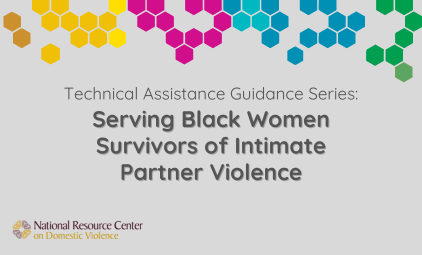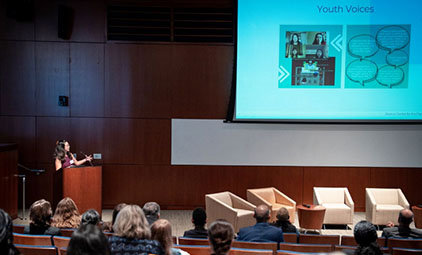This study addresses several gaps in the research literature on civil protective orders by examining protective order effectiveness, enforcement, and cost effectiveness. A selected rural area and a selected urban area were compared to better understand subtle jurisdictional differences.
Three major questions were addressed:
Rural versus urban similarities and differences: Do community contextual factors matter?
Civil protective orders: Justice or just a piece of paper?
Costs of protective orders versus partner violence: Is it really worth it?
Excerpt: “Results showed that half (50%) of the study participants indicated that the protective order had been violated while half did not during the six months after receiving the protective order. Even for those who experienced protective order violations, the abuse was significantly reduced over time. However, results also suggest that community contextual factors do matter in the protective order process and in the enforcement of protective orders. For example, more urban than rural PO violators had protective order violation charges during the six month follow-up period. Further, stalking the six months prior to obtaining the protective order was significantly associated with protective order violations even after controlling for a number of relevant variables. Finally, a wide range of costs was examined for each participant including medical, mental health, criminal justice, legal, lost earnings, property losses, and time lost for family and civic responsibilities as well as an index of quality of life six months before the protective order and six months after the protective order was issued. Overall, including changes in quality of life, protective orders saved the state $85 million in a single year, a moderate estimate of cost savings. When the quality of life index is excluded from the cost analysis, study results show that victim safety is positively impacted by protective orders at very little cost except in cases with stalking.”












